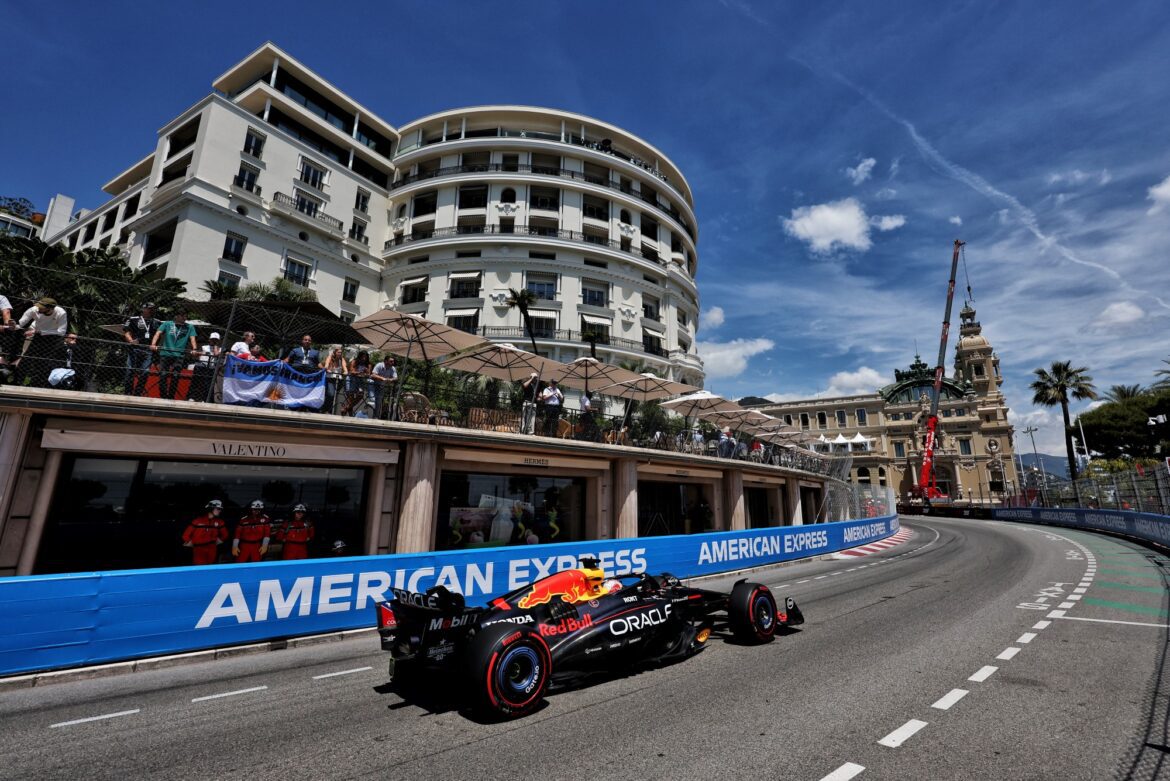The 1972 Monaco Grand Prix: A Historic Race in Formula 1
Max Verstappen, the four-time Formula 1 world champion, recently expressed his frustration during the Monaco Grand Prix, noting that the gear shifts in his Red Bull made him feel as if he were racing in 1972. This comment might evoke curiosity about that particular race, which was the fourth of the season and took place on May 14, 1972. While Verstappen’s situation today may not directly correlate with the events of over 50 years ago, understanding the historical context of the 1972 Monaco Grand Prix reveals how far the sport has come in terms of safety and technology.
The 1972 Monaco Grand Prix was significant not only because of its competitive nature but also due to the safety improvements that had been made to the circuit since the previous year. Changes to the track included the removal of the Gazometre corner, a longer tunnel, and the addition of a new chicane near the Tabac corner. These modifications were part of an ongoing effort to enhance driver safety, reflecting the growing awareness of the dangers inherent in motorsport.
The qualifying session for the race was particularly notable, with Brazilian driver Emerson Fittipaldi securing pole position for the first time in his career. He clocked a time of 1 minute 21.4 seconds, a stark contrast to the record set by Lando Norris in 2025, which was significantly faster at 1 minute 9.954 seconds. Alongside Fittipaldi on the front row was Jacky Ickx, driving for the renowned Lotus-Ford team.
The weather played a crucial role during the race weekend, with heavy rain affecting conditions on both Saturday and Sunday. Despite the challenging environment, the race began with a dramatic start. Jean-Pierre Beltoise managed to seize the lead right off the bat, followed closely by Clay Regazzoni. Fittipaldi, who had started from pole, fell back to third place.
As the race progressed, Beltoise began to build a substantial lead, demonstrating impressive control and skill in the tricky conditions. However, calamity struck on the fifth lap when Regazzoni was involved in an incident that also affected both Fittipaldi and Ickx. When the drivers returned to the track after the incident, Ickx found himself in front of Regazzoni and Fittipaldi, showcasing the unpredictable nature of racing.
While Beltoise maintained a flawless performance at the front, the race was marred by multiple incidents throughout the field, with several drivers crashing into the tire barriers. Ultimately, Jean-Pierre Beltoise crossed the finish line, claiming his first and only Formula 1 victory. Completing the podium were Ickx in second place and Fittipaldi in third, with Jackie Stewart and Brian Redman rounding out the top five.
The 1972 Monaco Grand Prix remains a pivotal moment in Formula 1 history. It was a race that showcased not only the skill of its competitors but also the evolving landscape of safety measures in motorsport. The race is often remembered for Beltoise’s remarkable drive amid challenging conditions, marking it as a highlight in his racing career.
As we reflect on the Monaco Grand Prix and its legacy, it’s essential to recognize how the sport has transformed over the decades. The advancements in car technology, track design, and safety protocols have all contributed to a safer and more competitive environment for today’s drivers. The contrast between the racing experiences of drivers like Max Verstappen and those of the past highlights the progress that has been made in the world of Formula 1.
In today’s racing world, the focus remains on continuous improvement, whether through advancements in vehicle aerodynamics, tire performance, or safety measures designed to protect drivers. The evolution of Formula 1 not only enhances the spectacle of the races but also ensures that the legacy of the sport remains vibrant for future generations.
As fans and enthusiasts look back at historic events like the 1972 Monaco Grand Prix, they can appreciate the rich history of the sport and the resilience of its drivers. The stories of these races contribute to the fabric of Formula 1, illustrating the challenges, triumphs, and the relentless pursuit of excellence that define this prestigious racing series.
In summary, the 1972 Monaco Grand Prix serves as a reminder of the sport’s history and its commitment to safety and innovation. The race not only marked a significant milestone for drivers like Emerson Fittipaldi but also reflected the changes that have shaped modern Formula 1. As we continue to witness the evolution of racing, the lessons learned from the past remain integral to the future of the sport.
